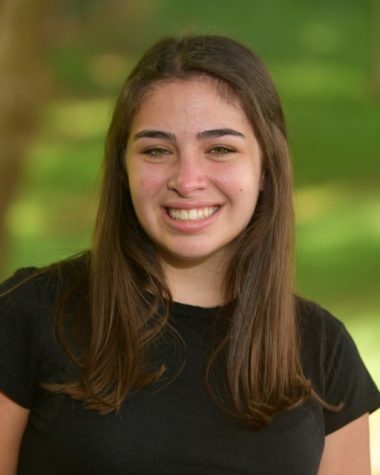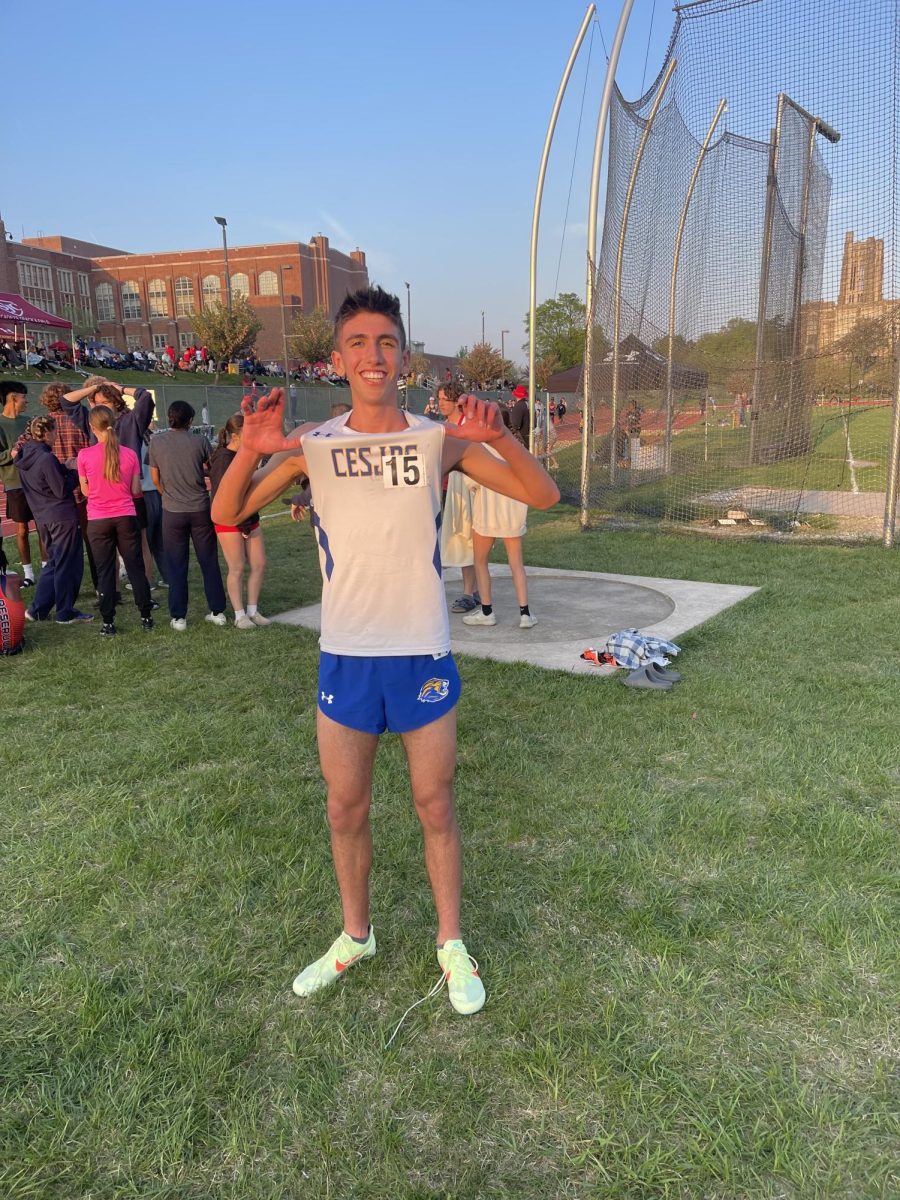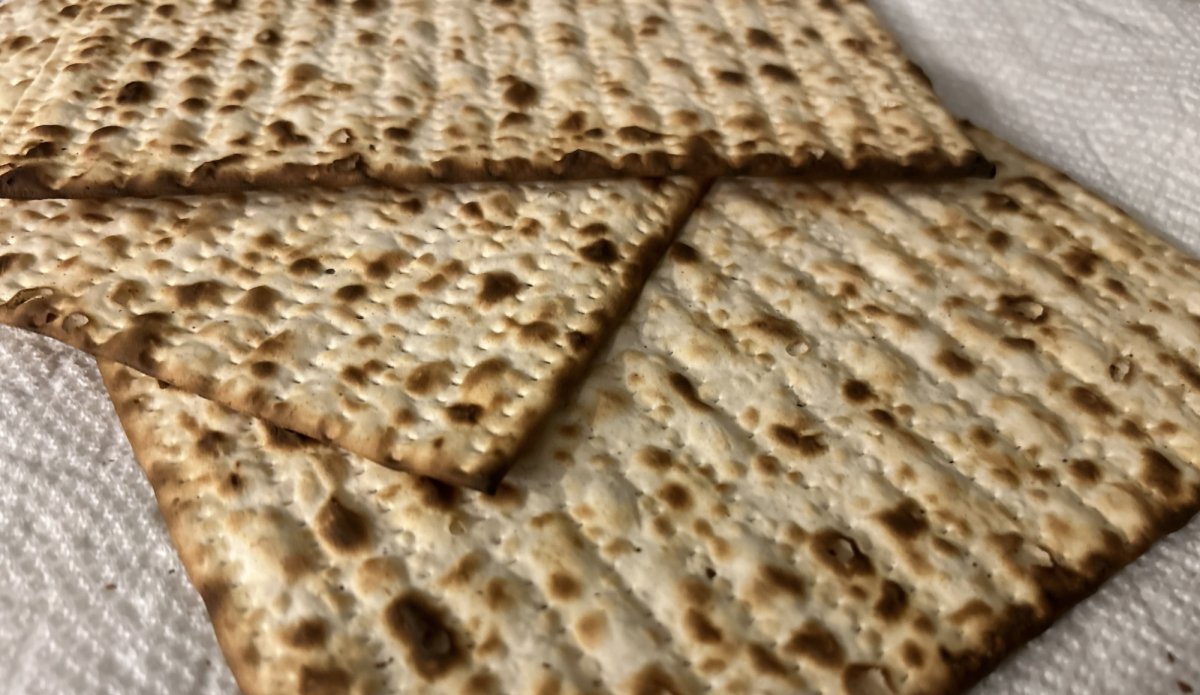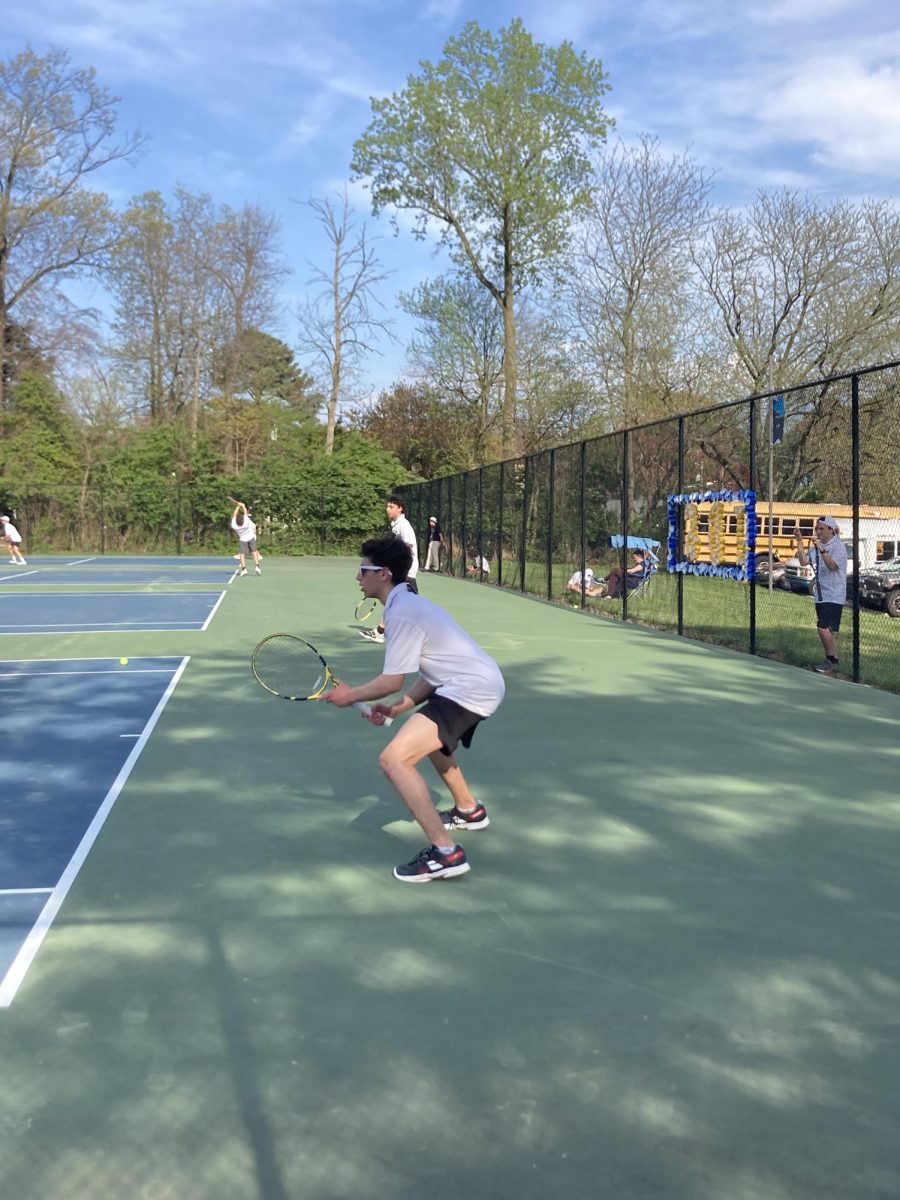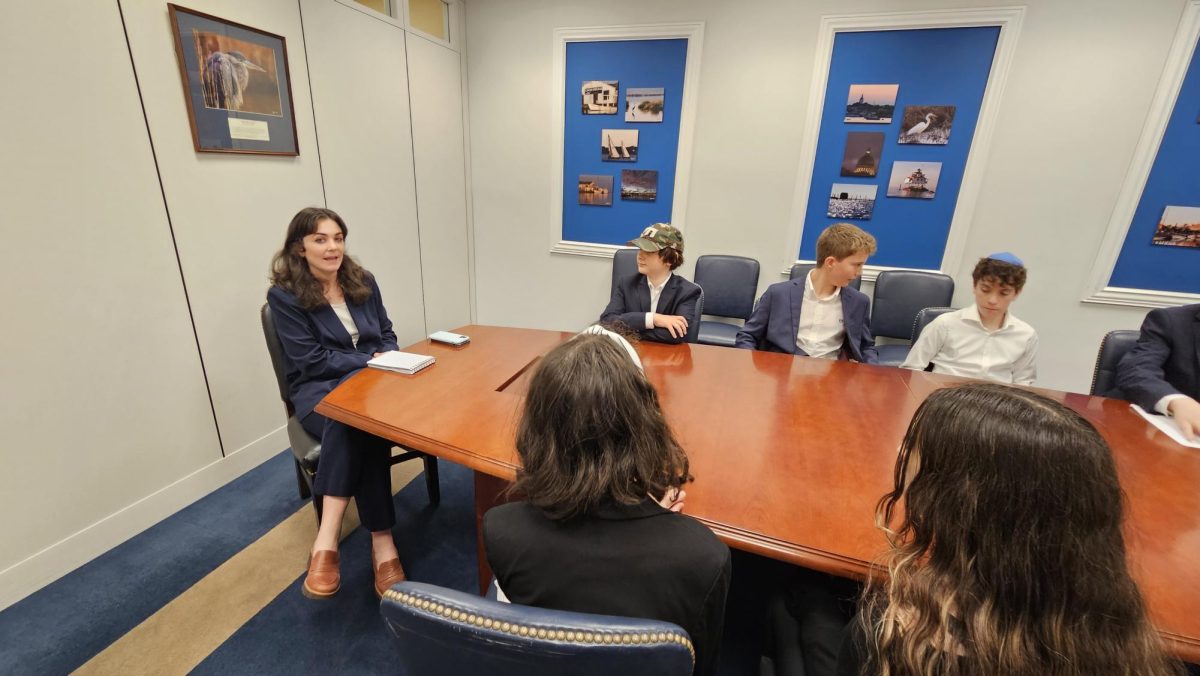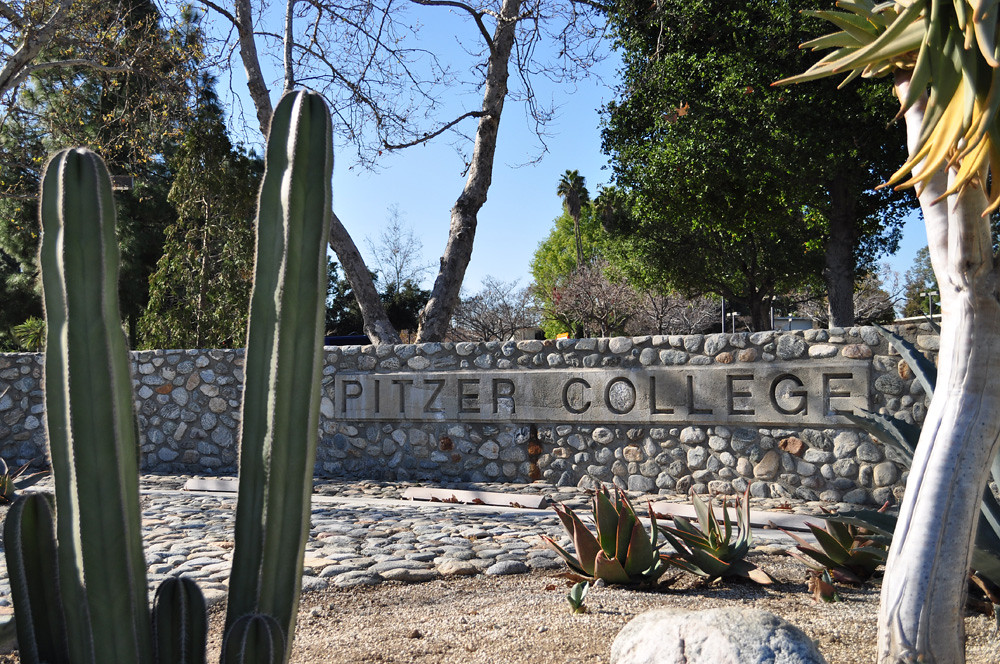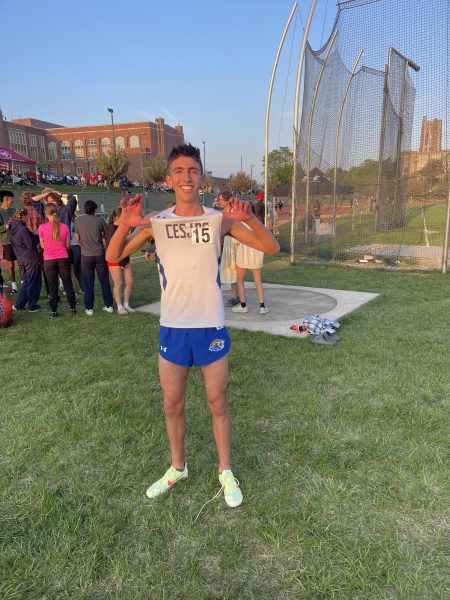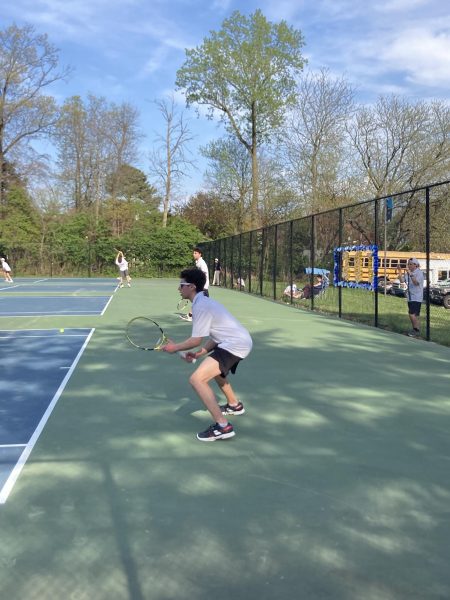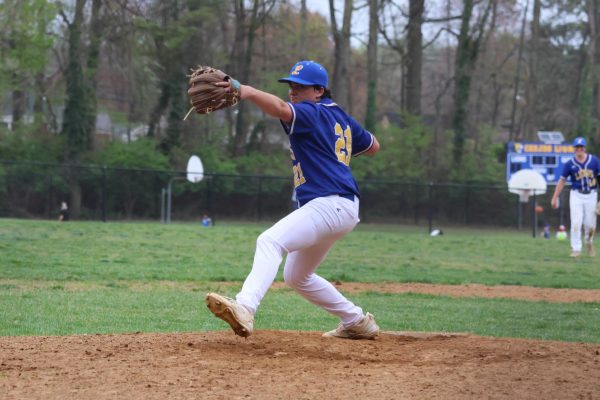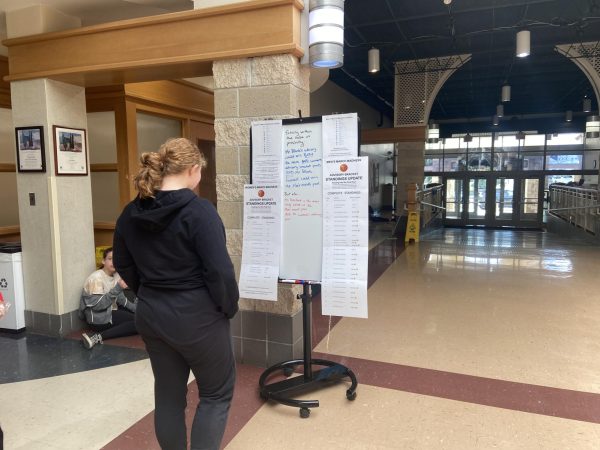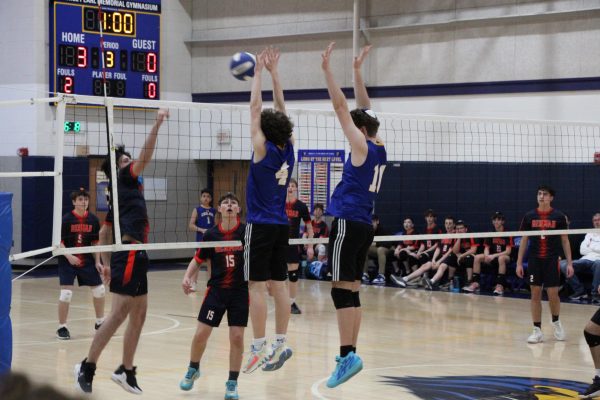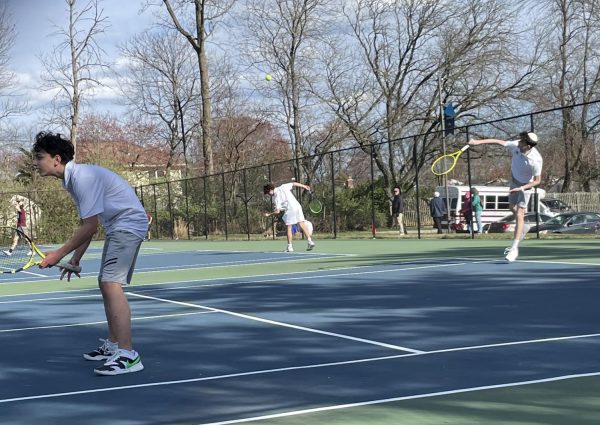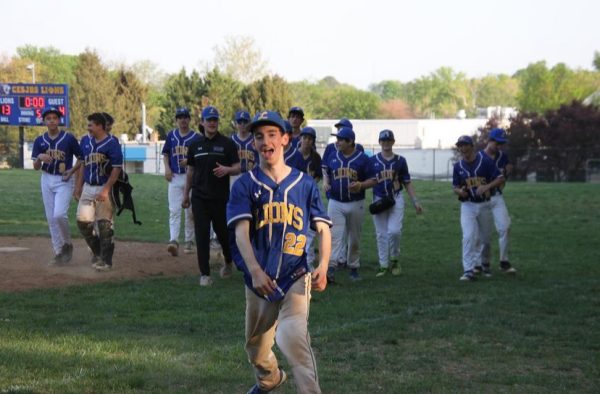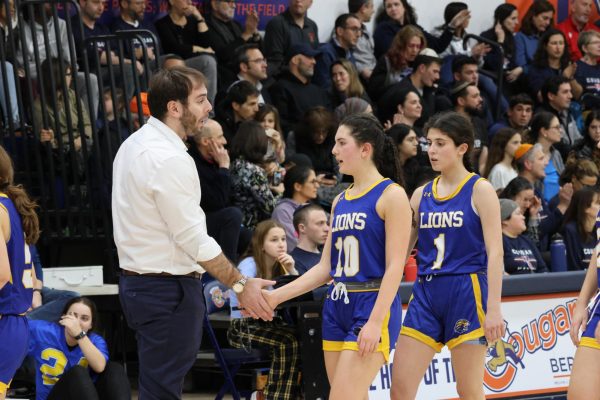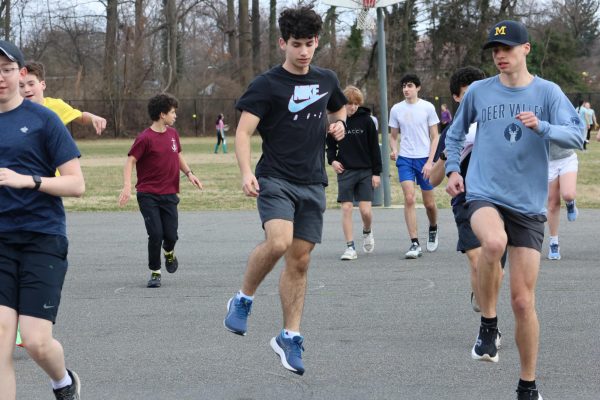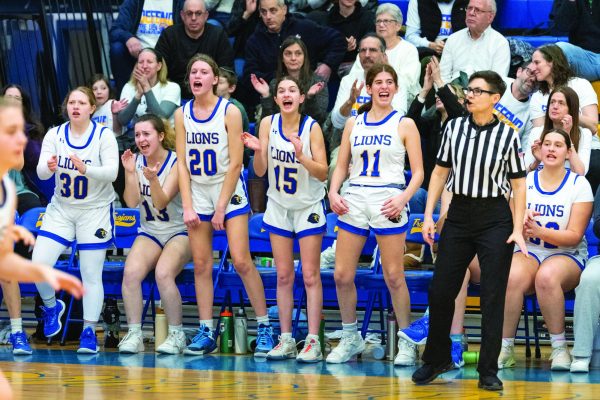Athletes don’t know until they try(out)
March 15, 2019
Going into the softball season last year, then-eighth grader Ellie Hasenberg felt plenty of emotions including nervousness and exhilaration. Hasenberg put in even more effort to avoid being cut because she did not know that there weren’t going to be cuts.
Before every athletic season begins, tryouts are held in order for new athletes to join the teams. Typically sports tryouts are three days, but coaches can make an independent decision to start practice right away or add additional tryout days.
This year, both varsity soccer teams and girls varsity basketball did not need all three days, so the last day was turned into a regular practice to start off the season.
With so many athletes trying out for boys high school basketball, which has limited space, the first day is generally just devoted to deciding which players should play for varsity. Usually, only one day is needed for this decision because there are several returning athletes, and coaches already have an idea who they want on their roster from the earlier tournament held in Memphis, Tenn. The last two days are spent deciding who makes the junior varsity team and who is cut from both teams.
During tryouts, coaches look out for many different traits in an athlete. Not only do they keep an eye on each athlete’s physical skills, but also on how they work with others on a team.
“What I always look for in regard to tryouts is effort, coachability. Obviously those fundamental skills and basic basketball knowledge and IQ,” JV boys basketball coach Brian Westerman said.
Sophomore and varsity basketball player Brian Epstein joined the team this year after switching schools from Walter Johnson High School. However, he did not play on a basketball team there.
“[Being a new player,] I had to work a little harder to prove myself as worthy of being on the team, so I had to work a little harder than a lot of the other people but it worked out pretty well,” Epstein said.
Some JDS teams do not make cuts due to lack of people trying out, such as varsity softball.
“It feels better, it’s more relaxed, you can enjoy yourself more so it’s more about focusing on your game than really worrying about if you’re gonna make it or not,” Hasenberg said.
During varsity softball tryouts, English department chair and varsity softball coach Thomas Worden splits the athletes into different sections with rotations in order to see everyone’s individual skills. Last year, there were no cuts, but with more players trying out this year, Worden may need to cut some athletes.
Similarly, returning athletes are more relaxed when trying out because players often create relationships with their coaches during previous seasons. Coaches are more at ease when they have many returning athletes because they know what to expect, while they don’t know how the season will turn out with newcomers.
For Westerman, the worst part of being a coach of such a popular sport is that he needs to make several cuts since many students try out.
“Knowing that unfortunately not being able to keep everybody is one of the most crushing things I have to do as a coach, something I don’t like doing,” Westerman said. “It’s hard to prepare for and it’s one of those things I wish I didn’t have to go through, but unfortunately with basketball, it has to be done.”
This story was featured in the Volume 36, Issue 5 print edition of The Lion’s Tale, published on March 15, 2019.


